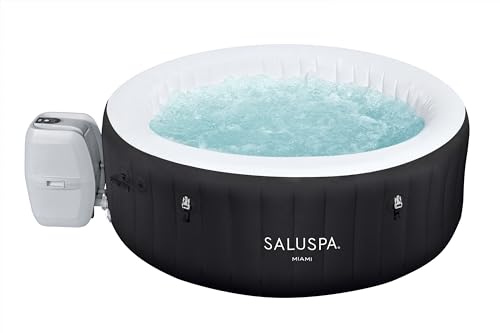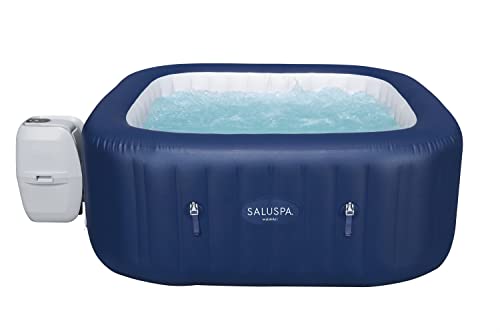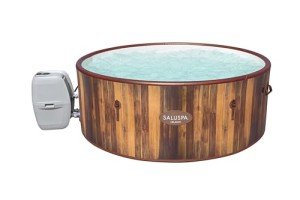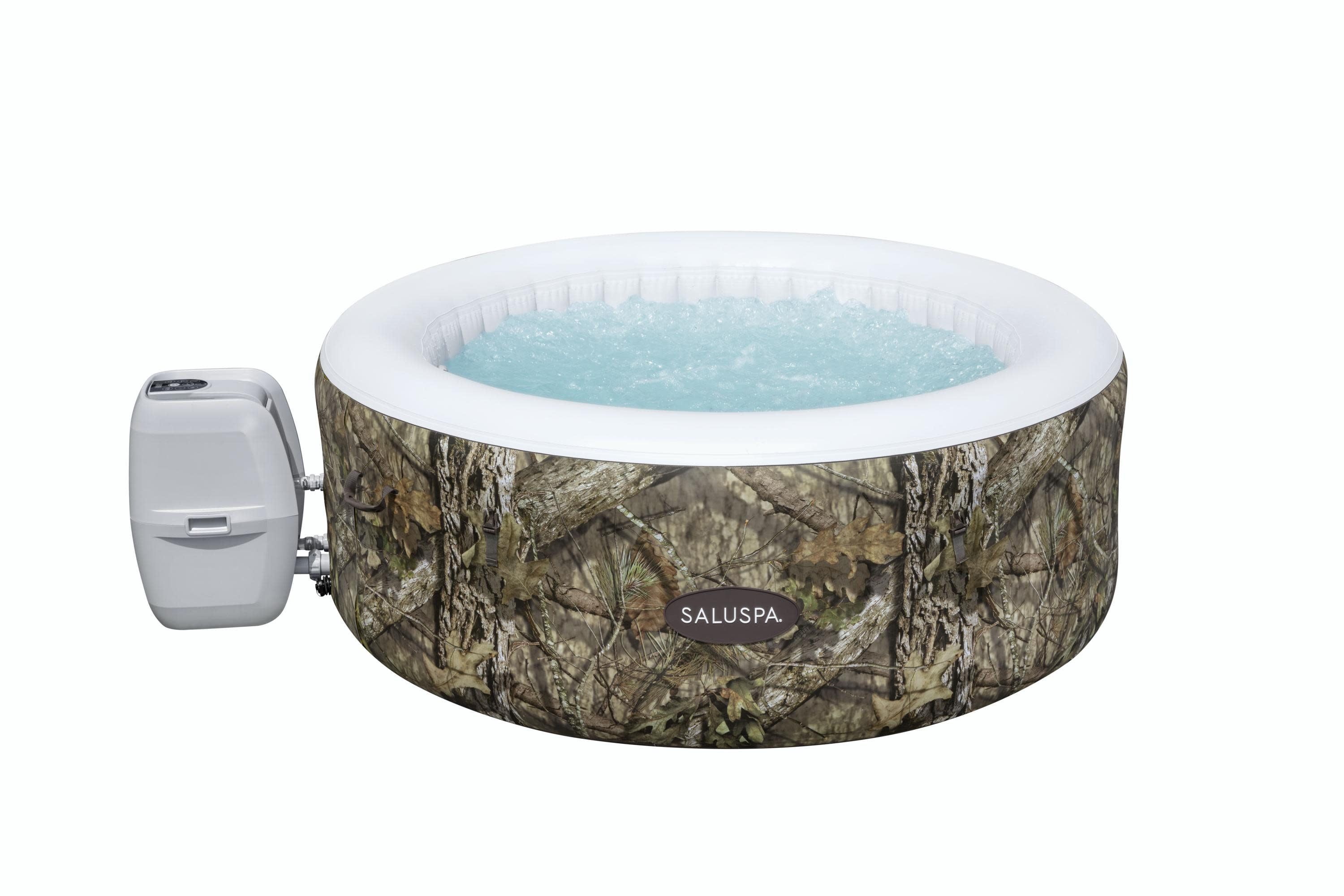Hot tubs have been around for centuries, and their history is pretty fascinating. It all began with ancient cultures who knew how to enjoy warm water. The Romans, for example, loved their baths. They used heated pools as a way to unwind and socialize. You could find gigantic structures called baths in cities, which were often filled with hot water coming from natural springs.
Fast forward to Japan, where they introduced the onsen, a natural hot spring bath. This tradition dates back over a thousand years and is all about relaxation and healing. The Japanese really took the hot tub experience up a notch by focusing on the spiritual and communal aspects, making it a key part of their culture. This part of the history of hot tubs shows how deeply the joy of soaking in warm water runs in many societies.
As time went on, hot tubs evolved. In the mid-20th century, spas and leisure resorts started popping up, bringing hot tubs into our modern world. The introduction of portable hot tubs in the ’60s and ’70s made them accessible to more people. These were no longer just for the wealthy; anyone could now enjoy that soothing soak right in their backyard.
Today, hot tubs are packed with features like jets, LED lights, and even built-in speakers. They’ve come a long way from the ancient baths but still serve the same purpose: relaxation and connection. Understanding the history of hot tubs helps us appreciate how these amazing tubs have brought joy and comfort to so many over the years.
The Evolution of Hot Tub Designs
Hot tubs have come a long way from their ancient roots. The history of hot tubs dates back thousands of years, with early civilizations like the Romans and Greeks using heated baths for relaxation and socializing. They built impressive structures, often filled with beautiful mosaics, to enjoy the therapeutic benefits of warm water. These early hot tubs weren’t just about luxury; they played a big role in community bonding.
Fast forward to the 20th century, and you see a shift in hot tub designs. The introduction of fiberglass and acrylic materials made them more durable and easier to maintain. People began looking for more than just a simple soak. They wanted features like jets for massage and even lighting to set the mood. This led to the birth of the modern spa experience right in your backyard.
Today’s hot tubs are mini oases, packed with tech and luxury. You can find options with built-in speakers, adjustable lighting, and smart controls. Many even come with features like waterfalls and aromatherapy systems, making them more than just a place to chill. The designs cater to all kinds of spaces, whether you have a small balcony or a sprawling backyard.
The evolution of hot tub designs is all about blending comfort, technology, and style. Whether you're looking for that classic wooden look or a sleek, contemporary design, there's something out there for everyone. The history of hot tubs shows how they've transformed into perfect relaxation spots that elevate our outdoor living experiences.
HTH Alkalinity Up for Hot Tubs, 1.25lb
Balance Your Hot Tub Water with HTH Alkalinity Up in 1.25lb Size
Product information
Product Review Score
4.73 out of 5 stars
94 reviewsProduct links
How Hot Tubs Became Popular
Hot tubs have come a long way over the years, and their popularity really took off in the 1960s and 70s. Before that, people enjoyed simple bathtubs and communal baths, mostly for relaxation. But as the wellness movement gained traction, so did the desire for a more personal, indulgent experience. That’s when manufacturers started making hot tubs designed for outdoor use, bringing the spa vibe right to backyards.
By the 1980s, hot tubs grew in size and sophistication. With the introduction of jets, colorful lights, and even sound systems, they became a fun way to unwind with friends and family. This was especially appealing during summer barbecues and chilly winter nights. Everyone wanted a hot tub to make their gatherings memorable. The history of hot tubs reflects a shift towards personal wellness, with many folks looking to create their own little oasis at home.
Fast forward to the 2000s, and hot tubs became a must-have luxury item. Innovations in technology brought energy-efficient models and advanced features. Now, you can even control some hot tubs from your smartphone! This makes it easier than ever to heat up the tub before you get home or set the perfect ambiance for a cozy night in.
Today, hot tubs aren't just for rich people; they’re accessible to nearly everyone. There are tons of options available at various price points. Whether you’re after a simple inflatable tub or a high-end model with all the bells and whistles, there’s something for every budget. The history of hot tubs perfectly illustrates how something once considered a luxury has turned into a staple of relaxation and enjoyment for many.
Spa Filter Replacement 2 Pack for Hot Tubs
Keep your hot tub water fresh and clean with these easy-to-replace filter cartridges
Product information
$37.99
Product Review Score
4.86 out of 5 stars
140 reviewsProduct links
Hot Tubs in Modern Culture
Hot tubs have found their way into our lives in so many fun and relaxing ways. From backyard parties to tranquil solo soaks, they've become a staple in modern culture. But let’s take a moment to appreciate how much they’ve shaped our everyday experiences over the years. The history of hot tubs shows us just how far we’ve come, turning them into the popular hubs of relaxation we know today.
Imagine gathering with friends, enjoying good food, and letting the stress of the week melt away in a bubbling hot tub. That vibe has really taken off, especially with social gatherings becoming a major part of our lives. Hot tubs create the perfect atmosphere for bonding, whether it’s a lively BBQ or a quiet evening under the stars. It's all about relaxation and connection, and hot tubs nail that!
Another intriguing aspect of the history of hot tubs is their place in wellness. More and more folks are turning to hot tubs for their health benefits. Soaking in warm water can ease sore muscles, boost blood circulation, and help you chill after a long day. It’s not just a luxury; it’s a way to take care of yourself. As self-care trends grow, hot tubs have solidified their status as a must-have in many households.






